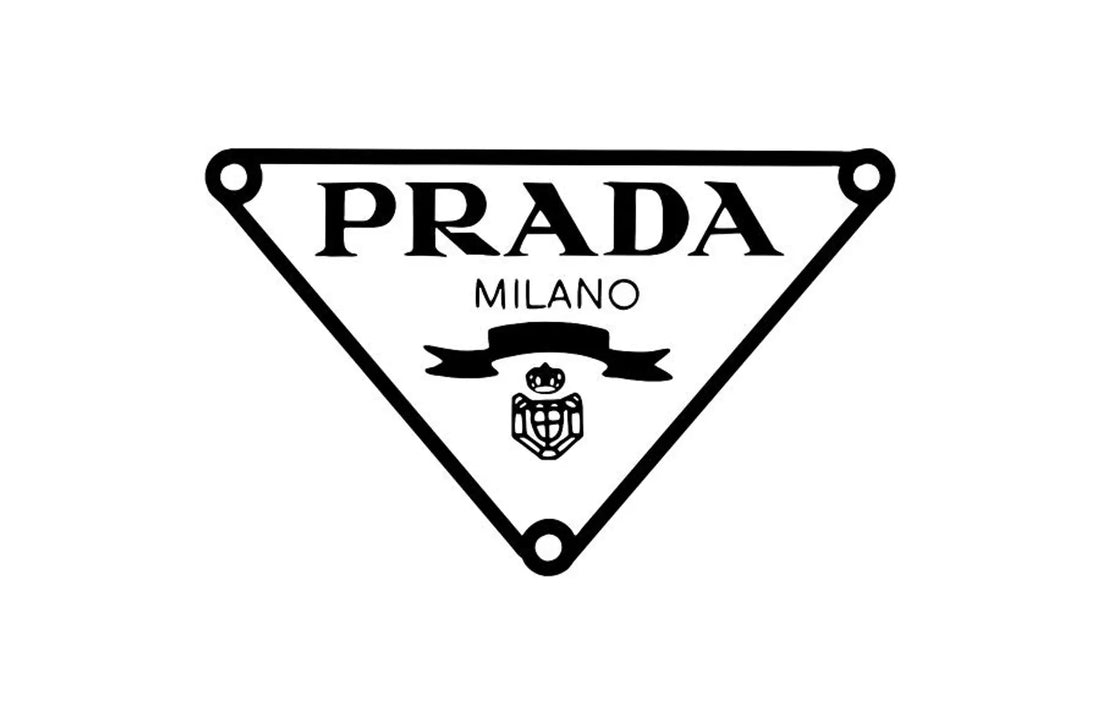
Prada's $1.38bn Acquisition of Versace
Share
Overview of the Deal
Acquirer: Prada
Target: Versace
Enterprise Value: $1.38 billion
Closing Date: H2 2025
Advisors to the Target: Barclays (Financial); Wachtell, Lipton, Rosen & Katz (Legal)
Advisors to the Acquirer: Citi, Goldman Sachs (Financial); Skadden, Arps, Slate, Meagher & Flom LLP (Legal)
On April 10, 2025, Prada Group (SEHK: 1913) announced its agreement to purchase 100% of Versace from Capri Holdings (NYSE: CPRI) in an all-cash deal valued at approximately $1.4 billion, subject to adjustments. Approved by both boards, the transaction is slated to close in the second half of 2025, pending regulatory clearance.
To finance the acquisition, Prada is raising $1.6 billion in new debt. The agreed price follows a lengthy negotiation process. While initial talks valued Versace closer to $1.6 billion, mounting pressure from U.S. tariffs under the Trump administration affected Capri’s market valuation—now at $1.5 billion—resulting in a downward revision.
Capri Holdings, which originally acquired Versace in 2018 for $2.1 billion, has faced significant headwinds, including an expected revenue decline of $810 million. Earlier divestment efforts stalled after Donatella Versace revealed plans to step back from her creative role, hindering negotiations that once sought valuations exceeding $3 billion.
This acquisition unites two iconic Milan-based fashion houses. Prada emphasized Versace’s complementary creative direction and commercial appeal. Capri will redeploy proceeds to fortify its balance sheet and invest in core brands Michael Kors and Jimmy Choo. The deal represents Prada’s largest acquisition since listing and establishes Italy’s first domestic luxury group of this scale.
“The acquisition of Versace marks another step in the evolutionary journey of our Group, adding a new dimension, different and complementary.”
– Andrea Guerra, CEO, Prada Group
Company Overview: Prada (Acquirer)
Founded in 1913 and headquartered in Milan, Prada is a globally recognized luxury brand known for its craftsmanship and innovation in apparel, leather goods, footwear, and accessories. Its portfolio includes Prada, Miu Miu, Church’s, Car Shoe, and Marchesi 1824. As of December 31, 2024, Prada operated 609 directly managed stores across more than 70 countries.
-
CEO: Andrea Guerra
-
Employees: 15,216
-
Market Capitalization: $16.98 billion (as of May 30, 2025)
-
Enterprise Value: $18.85 billion
-
LTM Revenue: $5.88 billion
-
LTM EBITDA: $2.16 billion
-
LTM EV/Revenue: 3.21x
-
LTM EV/EBITDA: 8.73x
-
Recent Transactions: Acquired 15% of Luigi Fedeli e Figlio (Jun 2023); 40% of Filati Biagioli Modesto (Jun 2021)
Company Overview: Versace (Target)
Versace is synonymous with high-end Italian fashion, offering apparel, accessories, fragrances, and home collections. Known for its bold design language, particularly in ready-to-wear and couture, the brand operated under Capri Holdings prior to the sale.
With a network of 228 boutiques averaging 2,900 square feet each, and e-commerce operations spanning 90 countries, Versace holds a strong global presence.
-
Founded: 1978
-
Headquarters: Milan, Italy
-
CEO: Emmanuel Gintzburger
-
Employees: 1,604
-
Enterprise Value: $1.38 billion
-
LTM Revenue: $880 million (as of Dec 31, 2024)
-
LTM EBITDA: $10 million
-
LTM EV/Revenue: 1.42x
-
LTM EV/EBITDA: 137.50x
Projections and Assumptions
Near-Term Implications
Prada’s acquisition—funded by $1.6 billion in loans—may exert short-term pressure on earnings per share due to integration costs and debt servicing. Still, management sees this as a long-term strategic move to reposition Versace and boost overall group performance. With Prada’s 2024 revenues and earnings hitting record highs, the group has the financial strength to absorb the upfront costs.
The acquisition diversifies Prada’s creative range: Versace’s assertive, Medusa-emblazoned identity contrasts with Prada’s more restrained sophistication. New creative director Dario Vitale is expected to modernize Versace while preserving its signature flair, with Donatella Versace remaining involved as chief brand ambassador.
Geographically, Versace’s well-balanced sales (42% EMEA, 31% Americas, 27% APAC) and 227-store footprint present opportunities for Prada to deepen its presence in North America and Asia-Pacific.
Market response has been favorable, with commentators highlighting the strategic timing and valuation advantage—Prada is acquiring Versace at a 34% discount to its 2018 purchase price. Analysts frame this as an opportunistic move during luxury sector uncertainty, leveraging temporary market dislocations to secure a coveted brand.
Long-Term Value Drivers
This marks Prada’s most ambitious acquisition since its founding over a century ago. It positions the company to better compete with major French luxury groups by anchoring a distinctly Italian conglomerate. Versace brings cultural and stylistic diversification that complements Prada’s current brand roster.
Versace’s past efforts to double revenue fell short under Capri Holdings, hampered by brand inconsistency and pricing challenges. Prada now plans to revamp the accessories line, invest in technology, and focus on underdeveloped markets such as the Middle East and Southeast Asia. With Miu Miu already delivering a 58% revenue increase in 2024, Prada is well-placed to execute a turnaround strategy.
Crucially, the deal restores Italian ownership of Versace and signals Prada’s evolution from a single house into a broader global luxury player.
Risks and Challenges
The success of this transaction hinges on Prada’s ability to execute operational improvements without compromising brand identities. Integrating Versace, whose ethos is dramatically different, may prove culturally and creatively challenging—particularly with Donatella’s reduced role.
The financing introduces a level of leverage Prada has historically avoided. Should consumer demand soften further in key markets like the U.S. or China, the added debt burden could strain margins and limit investment flexibility. Additional risk stems from potential U.S. tariffs on European luxury goods, which may inflate costs.
From a regulatory standpoint, although luxury fashion deals rarely face antitrust hurdles, the need for multi-jurisdictional approvals could delay integration and realization of synergies.
“There are no overlaps in terms of creativity, in terms of customers. We are buying a brand with huge potential, with a very recognizable aesthetic.”
– Lorenzo Bertelli, Chief Marketing Officer, Prada Group
